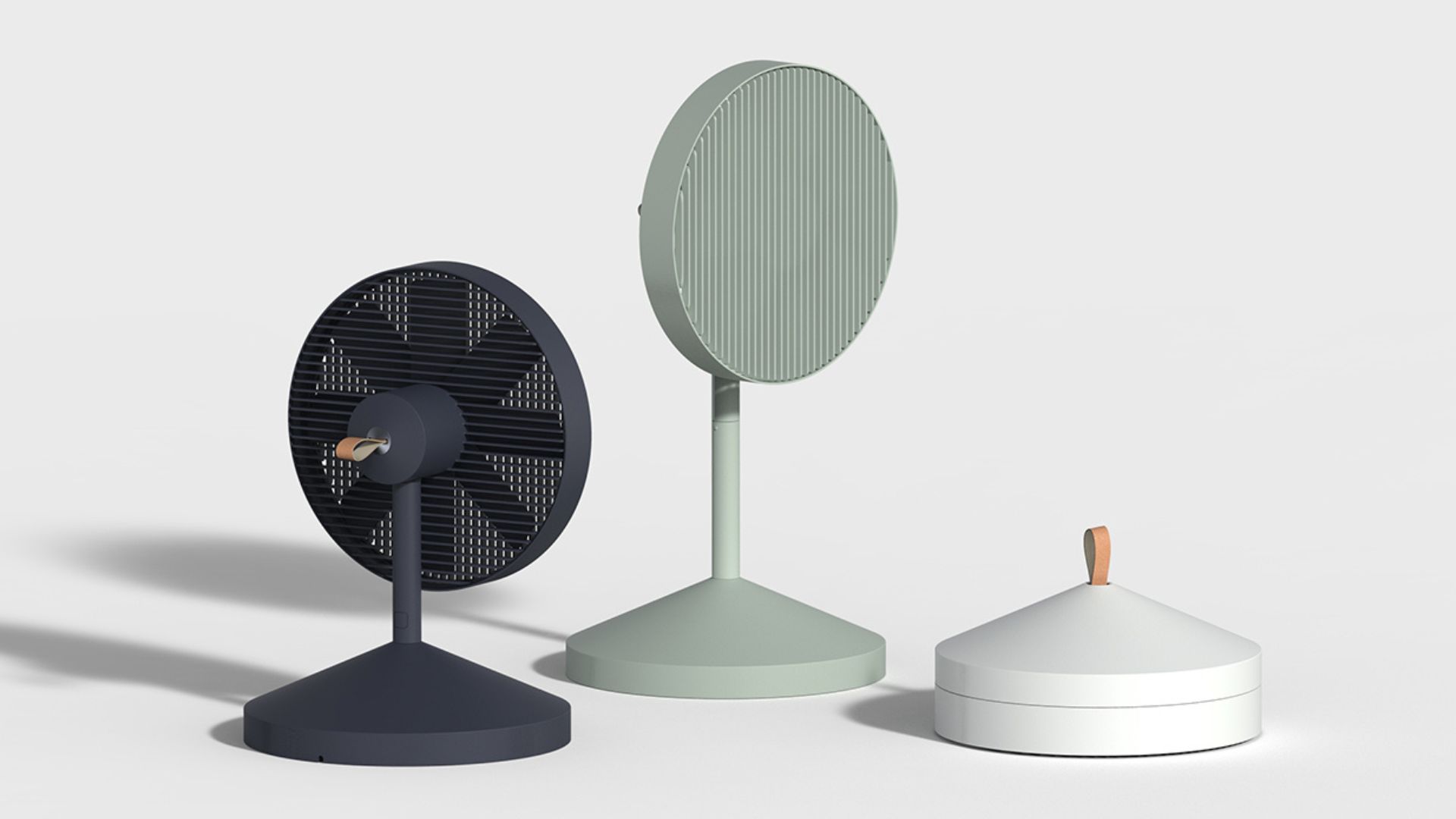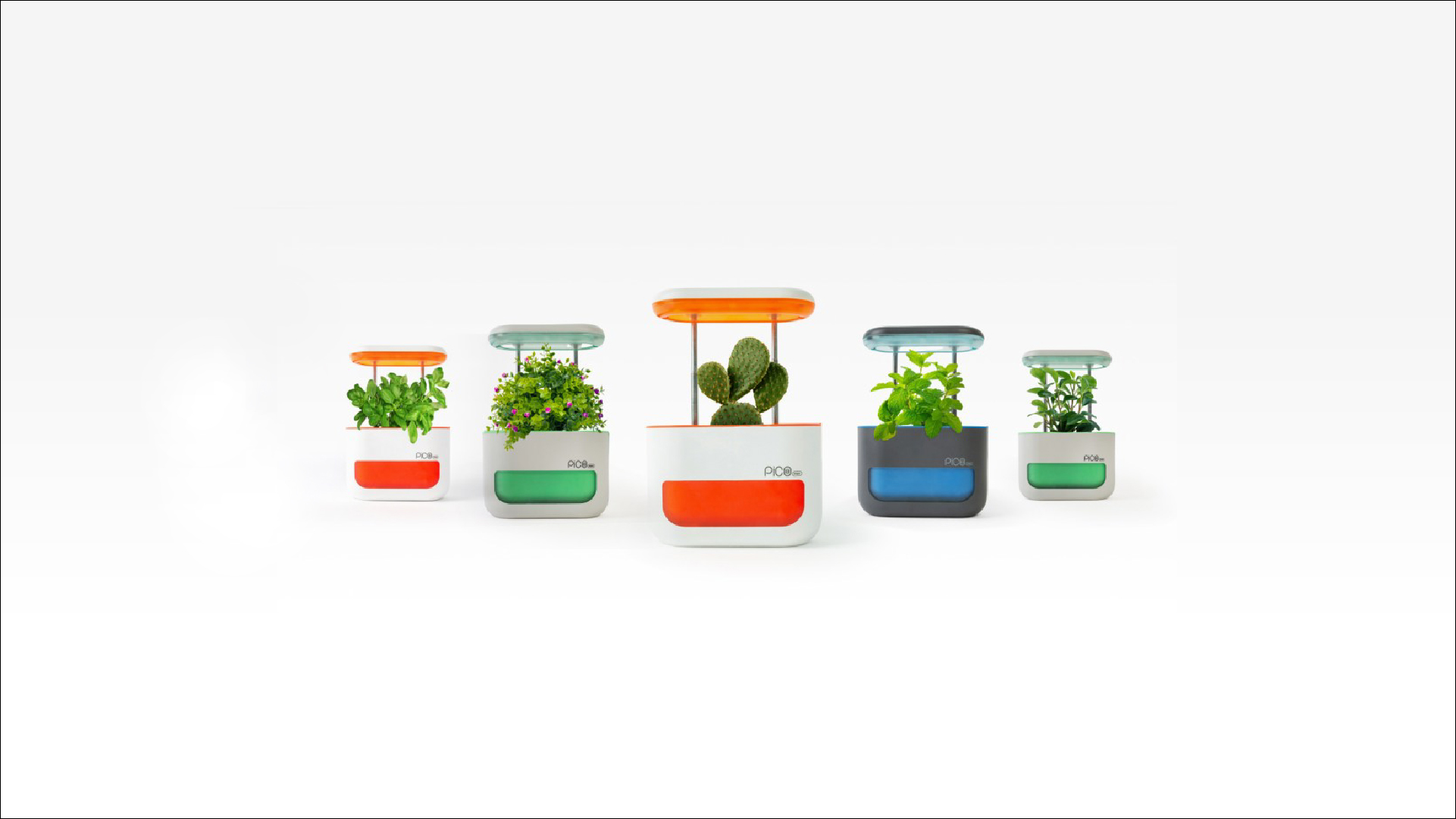Is a less consumerist future possible? – Interview with Kodai Shimizu
The Japanese designer Kodai Shimizu imagines a less consumerist and more sustainable future by designing a design system that enables home appliances to be repaired instead of being replaced

The Japanese designer Kodai Shimizu, who recently presented his graduation project at the Design Academy graduation exhibition during Dutch Design Week 2019, predicted a future in which a new kind of craftsman, combining the skills of the engineer, designer and artisans, will create new and easier to fix home appliances.
Decades of steady growth in Europe and, generally, across the globe have changed the way we live: consumerism has become a key element of the economic system and of our way of life, in which we produce more and more goods and services and we replace as many with extreme speed.
Integrating craft techniques into home appliance would make possible to repair them when broken, instead of replacing them with a new model, adding value and handing down to the next generation. Based on this concept, Kodai Shimizu’s Craft-techmen project suggests innovative artifacts for our daily lives, while questioning the materials and electronic technologies in modern society.
The project consists of conductive threads sewed into three home appliances, which facilitate disassembly for reparation and add new functionalities: by rotating one part of the device, the curious threads adjust to different levels of contact, causing voltage variation to control different functions of the device.
Craft-Techmen Project is based on the current consumerism of modern society and it is set up as a trend reversal with respect to this consolidated economic model. Can you tell us more about it?
Kodai Shimizu:
“In almost all developed countries, mass production and consumption signify wealth. GDP, Gross Domestic Product, is often used as an indicator of economic power. The growth stages of a country can be compared to that of a human – in the stage of adolescence for example, there is rapid growth. In this sense, middle-aged countries that have already passed their growth-spurt cannot be expected to develop at the pace of the younger ones.
Hence it is difficult for developed countries to increase their GDP in the same manner as a younger country would. When developed countries pass this phase of growth, they should not see it as a negative slowdown, but instead should take it as a chance to implement production systems that cater to the new maturity of the country.
However, every developed country is still focusing on producing and consuming more and more in order to drive the economy. This trend affected the field of craft negatively, and it has been facing death. The purpose of this project is for protecting crafts to be merged with technology, and also for showing a new way of design we can take for developed countries.”

What was the main challenge in developing this project?
Kodai Shimizu:
“There were two main challenges in developing the project. Firstly, creating a precise concept of integration crafts and technology. It was difficult to distinguish the differences between crafts and mass products because the hand-made process is sometimes needed in the industry but it cannot be said these products are crafts.
What I did was selecting a core element of craft, and put it into products to see whether the outcome was still craft or not. For my project, a craft technique, sewing was focused on, and new artifacts which are in-between crafts and mass products were made. I was trying to show crafts have an affinity with home appliances.
Another challenge was designing functional objects. The controlling system with a conductive thread is as same as dimmer switches that we are using. However, this new system is a little bit delicate.
This sensitiveness doesn’t bring any risk for usage of the speaker and radio that I designed, while the hairdryer cannot be a real product since it is needed high safety standards. Solving this problem will be the most difficult challenge to develop this project.”

In your opinion, is a rediscovery of craftmanship taking place in product design and, in general, in the industry? And, what benefits can this comeback bring?
Kodai Shimizu:
“As I mentioned, products occasionally need hand-made processes, and I feel craftsmanship is taking place. These products are normally exclusive furniture or cars, and we can see aesthetic with them. Because of that, consumers tend to buy and use for the long term, instead, cheap products without hand-made processes causing less beauty are often bought on the assumption that they are thrown away.
Another example of the benefits of using craftsmanship is in a book, named ’The Craftsman’ written by Richard Sennett. In the view of Sennett, the satisfactions of physical making are a necessary part of being human.
The makers’ mental fulfillments would not be achieved if only machines make objects even if they look hand-made. I believe that craftsmanship can make products’ lifespan longer and sustainable society will be achieved. Not only that, it can give mental fulfillment to makers.”

Taking into consideration all your works, it seems you want to encourage a behavioral change of consumers through interaction with your projects. What do you want to arouse in user’s minds?
Kodai Shimizu:
“We normally consume products without consideration of true value because we tend to feel efficiency is the most important factor. However, even if we have useful products, this ‘usefulness’ will be thought inefficient just after a few months. I think this factor shouldn’t be used as an indicator of products’ value.
If designers can create a new value of products, this society will be more sustainable. Through my design, I would like to show that the true meaning of wealth in our lives is not consumption but making a new interaction and relation with objects. “

As a product and social designer, what do you think is the role of design in today’s society?
Kodai Shimizu:
“Design, especially product design has been created to fit consumers’ needs and force them to buy so far. This trend will be still continued, but a new approach to designing will be possible as well for society since the number of people who are getting tired of doing economic activities has been increasing.
Studying abroad in the Netherlands, I have experienced communicating with others coming from all over the world and realized that there is a potential for each country to export their cultural essence as a design value.
For my graduation project, I tried to merge craftsmanship, Japanese cultural essence, with products, and to find a new approach. I believe that design, which enhances not the economy, but the culture will be more demanded in today’s society.”

Which designers would you like to collaborate with? And why?
Kodai Shimizu:
“If there is someone who is interested in my work, I would like to collaborate with them. The most important thing for good work is to find a person who can respect each other. Although I will not be able to collaborate with him, the person I would like to know more about his design philosophy is a well-known Japanese product designer, Naoto Fukasawa.
He designed an exhibition named ’The Boundary between Kogei and Design’ (Kogei means folk crafts), and he is also a director of The Japan Folk Crafts Museum. If I will be able to talk to him who has a deep insight into both product design and crafts, it will be a chance for my project to be developed to the next step.”

Finally. If you had an unlimited budget, what would you like to design and create?
Kodai Shimizu:
“If the budget is unlimited, I am willing to design not only products but also a system of making them. I suggested a new guild of craftsmen collaborating with a designer and engineer for my graduation, but it’s still just an idea, and it will take time to make it happen.
I’m not sure whether the society really needs the system, and how much it will cost. But if there is a chance, I would like to design both soft and hard as a social and product designer. “
















